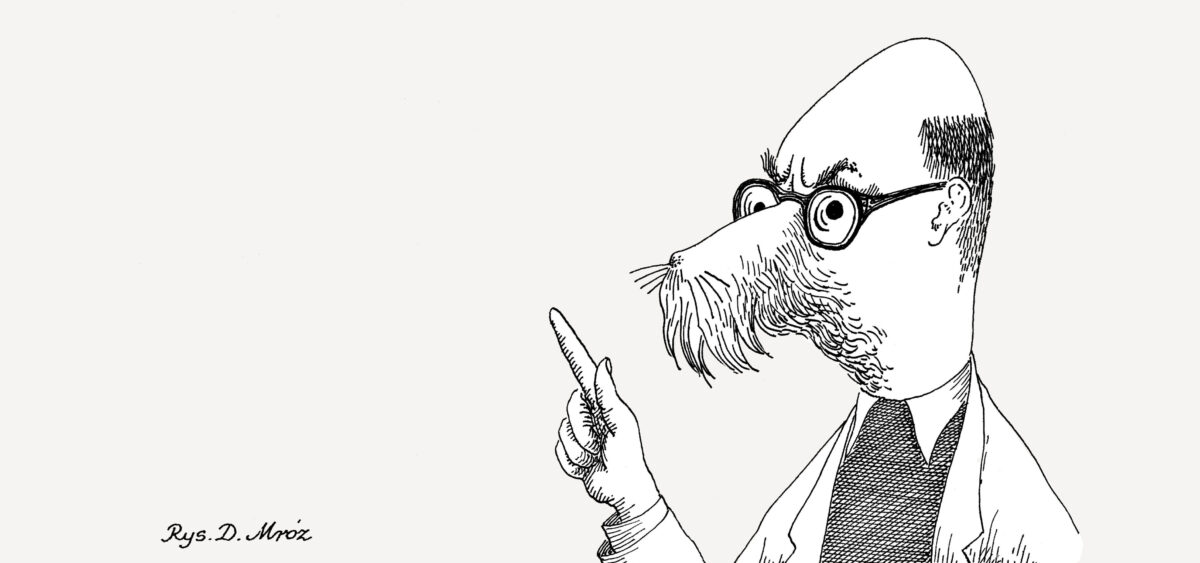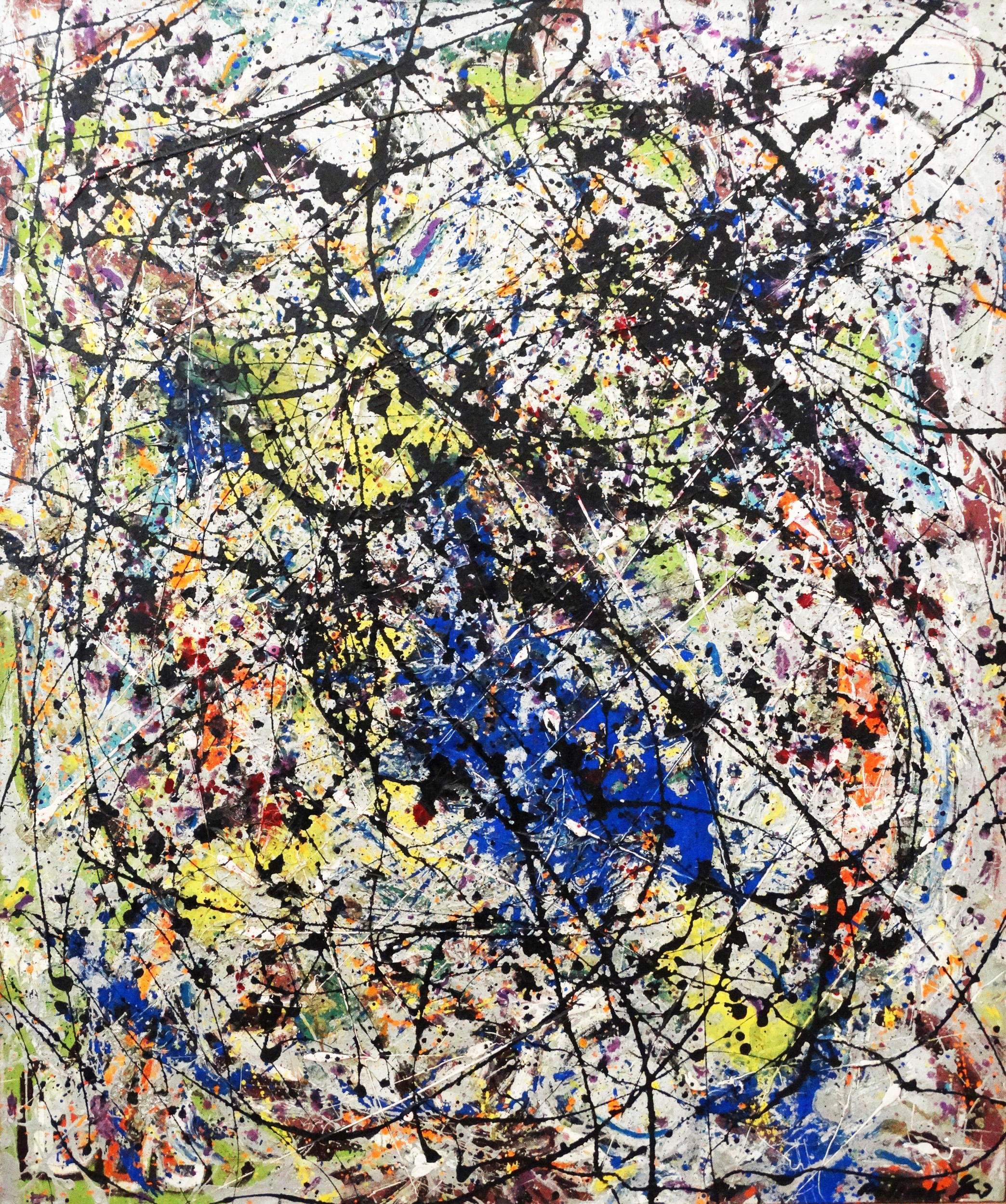
Italian scientist Luca Turin, inspired by complex perfume fragrances developed and proved a theory that can be summarized in just four words: smell is a vibration.
It’s remarkable how little we still know about the workings of the sense of smell. As for sight and hearing, scientists unanimously indicate the wave-like, vibrational foundation of both. Images are caused by light waves, and sound by vibrations of air. As for the nature of olfaction, experts are still arguing. Traditionalists believe that odorous molecules enter the nose and then bind with the appropriate receptors, like a key going into a lock. However, some researchers believe that smell, just like sight and hearing, is based on vibrations. But what could be vibrating inside the nose, exactly, and how are those vibrations captured? Luca Turin, enfant terrible of biophysics and the biggest advocate of this hypothesis, is undoubtedly the best person to ask.
The Inferior Sense
If we start at the very beginning, we must go back some four million years. That’s when Australopithecus, on his way to further humanization, began walking on two legs and, as could be suspected, largely lost his sense of smell, so useful to him back when his nose grazed shrubbery. Further out on the path of evolution, we lost the functionality of the vomeronasal organ, used by animals to recognize pheromones—signals of fear or sexual arousal. Had it not been for evolution, life could have been much simpler…
Ancient Greek natural philosophers considered olfaction to be





